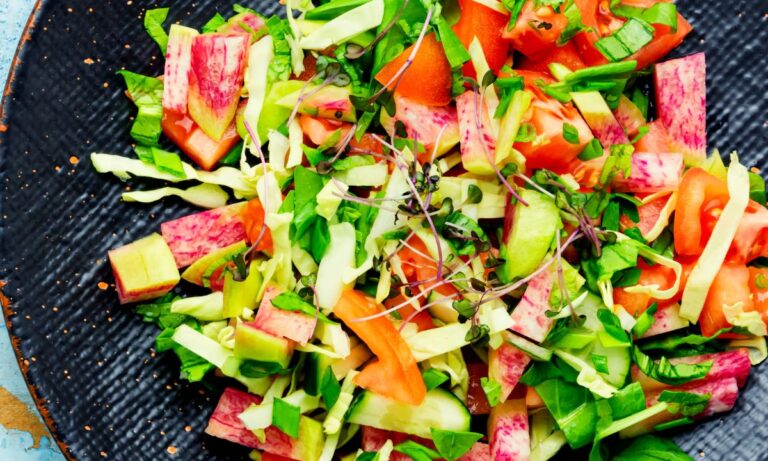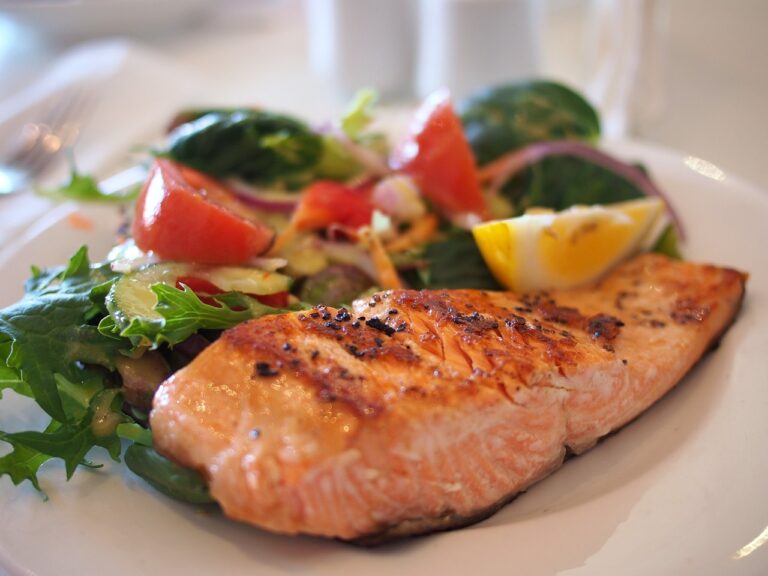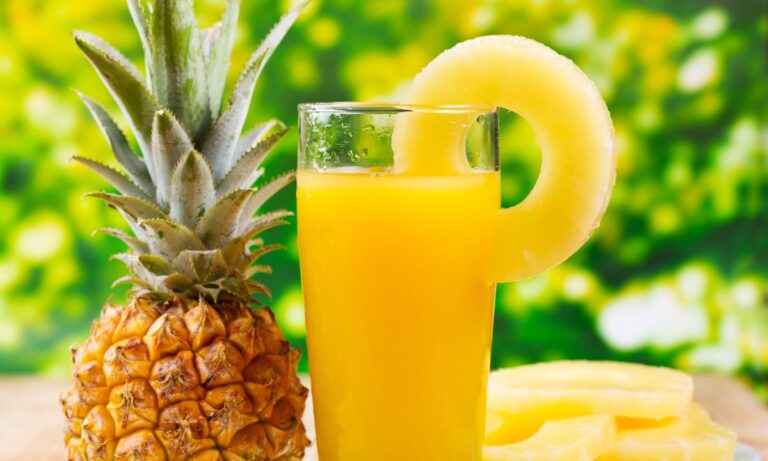Fruits We Eat in Spring Season
Introduction to Spring Fruits
Fruits We Eat in Spring Season is a beautiful season filled with blooming flowers, warmer weather, and an abundance of delicious fruits. As the season changes, our bodies crave fresh, nutritious produce that provides a wide range of health benefits. In this article, we’ll explore some of the amazing fruits we eat in the spring season, their health benefits, and creative ways to incorporate them into your diet.
Health Benefits of Spring Fruits
Boost Immunity
Spring fruits are packed with essential vitamins, minerals, and antioxidants that support a healthy immune system. For instance, vitamin C found in fruits like strawberries and pineapples helps protect our cells from damage and assists in the production of collagen, which is vital for maintaining healthy skin and connective tissue.
Promote Healthy Skin and Hair
The nutrients in spring fruits also contribute to radiant skin and lustrous hair. Vitamin A, found in fruits like mangoes and apricots, plays a significant role in maintaining healthy skin by promoting cell growth and repair. Additionally, vitamin E, present in fruits like cherries, acts as an antioxidant, protecting your skin from damage caused by free radicals.
Aid in Digestion
Spring fruits are rich in fiber, which is essential for maintaining healthy digestion. Consuming fruits with high fiber content, such as pineapples and mangoes, can help prevent constipation and promote regular bowel movements.
Top Spring Fruits to Enjoy
Strawberries
Strawberries are a classic spring fruit that are rich in vitamin C, potassium, and antioxidants. They’re a delicious, versatile fruit that can be enjoyed on their own, added to smoothies, or used as a topping for yogurt and oatmeal.
Pineapples
Pineapples are a tropical fruit that become more widely available during spring. They’re an excellent source of vitamin C, manganese, and bromelain, an enzyme that aids in digestion. Pineapples can be enjoyed fresh, grilled, or added to a variety of dishes.
Cherries
Sweet and tart cherries start appearing in grocery stores and farmers’ markets during spring. These juicy fruits are high in antioxidants, vitamin C, and fiber. Cherries make a great snack on their own, or you can incorporate them into desserts and savory dishes.
Apricots
Apricots are a fantastic spring fruit rich in vitamin A, vitamin C, and potassium. They have a delicate, sweet flavor that pairs well with both sweet and savory dishes. Enjoy apricots fresh, dried, or cooked in a variety of recipes.
Mangoes
Mangoes are another tropical fruit that becomes more readily available during the spring season. They are rich in vitamin A, vitamin C, and fiber. Mangoes have a sweet, juicy flavor and a smooth texture that makes them perfect for smoothies, fruit salads, or as a topping for yogurt and ice cream.
How to Incorporate Spring Fruits into Your Diet
Fresh Fruit Salads
One of the simplest and most delicious ways to enjoy spring fruits is by creating a colorful fruit salad. Combine your favorite spring fruits like strawberries, pineapples, cherries, apricots, and mangoes, and toss them with a bit of honey or a squeeze of lemon for added flavor.
Smoothies
Spring fruits are perfect for blending into refreshing smoothies. Mix fruits like strawberries, mangoes, and pineapples with some yogurt, milk, or a plant-based alternative to create a nutritious and satisfying drink. You can also add greens like spinach or kale for an extra nutritional boost.
Desserts
Spring fruits can add natural sweetness and flavor to your favorite desserts. Try incorporating strawberries or cherries into a classic fruit tart, or use apricots and mangoes in a refreshing sorbet. You can also experiment with grilling fruits like pineapples and peaches to create a unique and delicious dessert.
Conclusion
Spring brings an abundance of delicious, nutritious fruits that are perfect for incorporating into your diet. By enjoying a variety of these fruits, you can boost your immune system, promote healthy skin and hair, and aid in digestion. So, next time you’re at the grocery store or local farmers’ market, be sure to pick up some of these tasty spring fruits to enjoy!
FAQs
1. Can I freeze spring fruits for later use?
Yes, most spring fruits can be frozen for later use. Just be sure to wash and dry them thoroughly, remove any stems or pits, and store them in an airtight container or freezer bag to maintain their freshness and flavor.
2. Are canned or dried fruits just as nutritious as fresh fruits?
While canned and dried fruits can still provide some nutrients, they may have lower levels of certain vitamins and minerals compared to fresh fruits. Additionally, some canned fruits are packed in syrup, which adds extra sugar and calories.
3. What’s the best way to store spring fruits?
Different fruits have different storage requirements. Some, like strawberries and cherries, should be refrigerated, while others, like mangoes and apricots, can be stored at room temperature until ripe. Always store fruits in a cool, dry place away from direct sunlight.
4. Can I eat spring fruits if I’m on a low-carb or keto diet?
Some spring fruits, like berries, are lower in carbs and can be enjoyed in moderation on a low-carb or keto diet. However, fruits like mangoes and pineapples are higher in carbs and should be limited or avoided on these diets.
5. Are spring fruits safe for people with diabetes?
While fruits do contain natural sugars, they also provide essential nutrients and fiber. People with diabetes can still enjoy spring fruits, but should monitor their portion sizes and choose fruits with a lower glycemic index, like berries and cherries.







